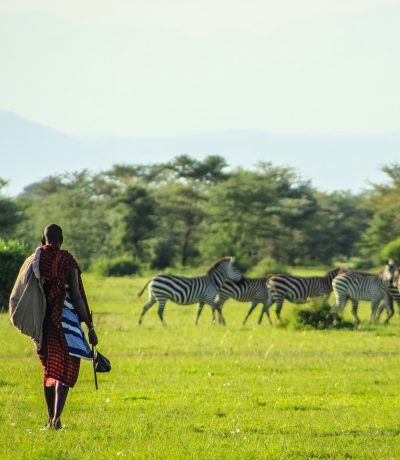Get to know us
Maasailand Adventure & Awareness stands as a beacon of innovation, born from the proud lineage of Maasai warriors. We are dedicated to driving transformative change in our community via pioneering eco-tourism and powerful awareness campaigns.
Our Mission
To empower Maasai youth to identify plants and animals through training, fostering sustainable awareness of conservation.
Our Values
The goal is to identify endangered species and determine the necessary measures to protect them. We prioritize the identification of endangered species and the development of effective strategies to ensure their protection.
Our approach to safaris is distinctly different from the typical offerings. We believe that a safari is not merely a checklist of animals to spot, but a profound and immersive experience that celebrates the beauty in small details and the rewards that come from patience and mindfulness. Rather than rushing from one sighting to the next, we encourage our guests to slow down and truly savor the experience.
We venture off the beaten track, away from the crowds, to observe lion prides and other wildlife in their natural habitats, taking the time to witness their interactions and behaviors. This allows our guests to fully immerse themselves in the wild, connecting with the rhythm and essence of the natural world.
Alongside our eco-tourism efforts, we collaborate with other like-minded individuals to develop educational and empowerment initiatives that uplift the young women of our community. By investing in their futures, we are building a more equitable and sustainable tomorrow, where the Maasai culture can thrive for generations to come.

Tanzania - A brief history.
Bantu people started migrating from West Africa about 2,000 years ago first settling in Uganda but slowly expanding eastwards. They inhabited the coastal region and Zanzibar as much as 1,000 years ago.
Later seafarers visited both Zanzibar and the coast and they came from Greece, Egypt, Persia, India & China. The famous Greek geographer Ptolemy mentioned Zanzibar in 150 AD.
Islam was introduced in 7 AD and the mixing of Arabs and Persians with Bantu people gave rise to Swahili as a language and in time a distinct ethnic group known as Swahili.
Bushmen or San people were probably amongst the earliest inhabitants of East Africa but were displaced by early pastoral groups & then the Bantu people. The Bushmen or Hadzabe number a few thousand and are threatened as a distinct ethnic group.
Cushitic people arrived from the Ethiopian area about 2,000 years ago and the latest wave of Nilo-Hamitic pastoralists The Maasai arrived between 200-300 years ago.
Tanzania became independent in 1961. The first president of Tanzania was Dr. Julius Nyerere.
Tanzania has been an exception in many ways. It has been peaceful despite many economic difficulties. After independence and under its first president it became a socialist one-party state.
The command economy failed but the country remained peaceful and changed course to a free market economy in the mid 1980’s. Later multiparty democracy was accepted. President Nyerere left a legacy of Unity and Peace and cultivated a feeling of national pride and a strong Tanzanian identity despite embracing growth, low inflation, and a diverse economy. However, poverty remains a problem for many of its people. The challenge of the future is to allow more people to share the economic growth that is being experienced and to give hope to the many thousands of unemployed youths.